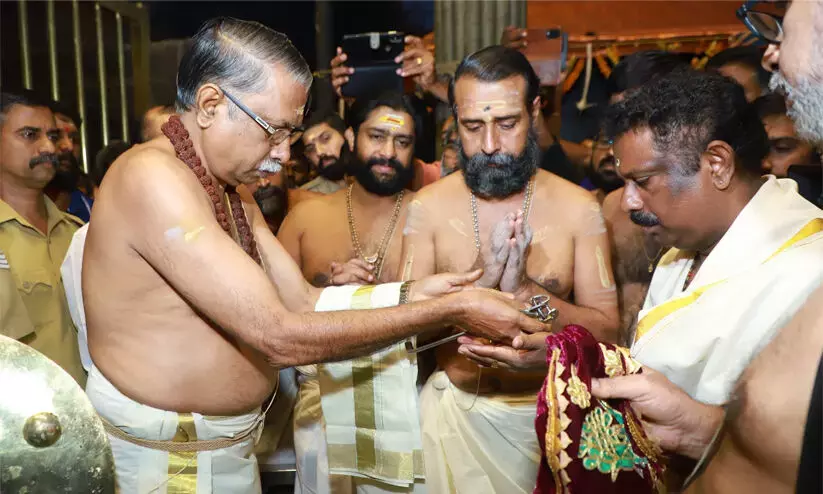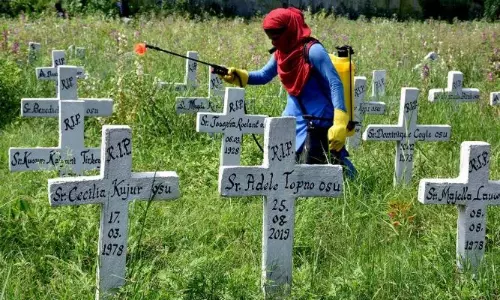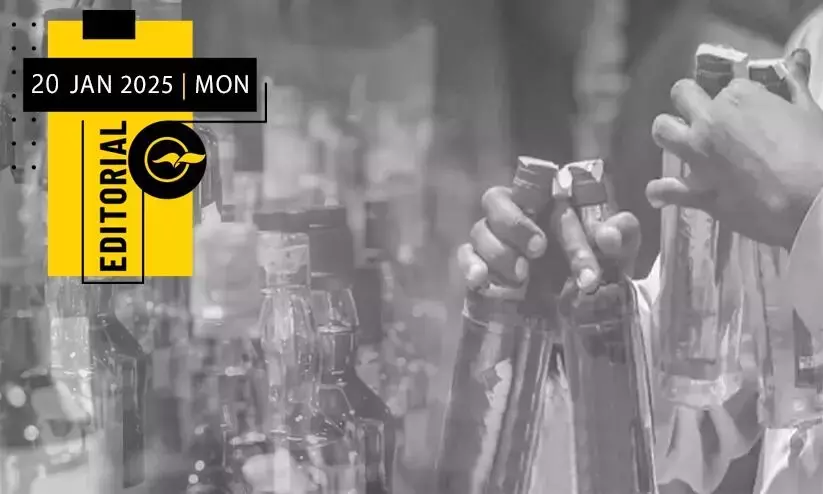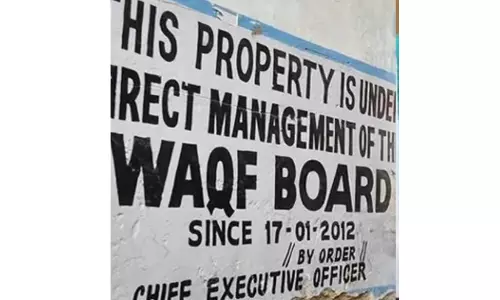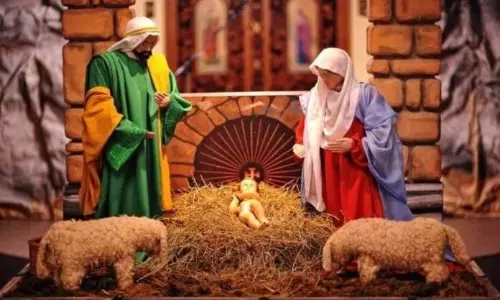UAE: Louvre Abu Dhabi receives five historic artworks on loan from Mexico
text_fieldsThe Louvre Abu Dhabi has announced the arrival of five unique and historically significant artifacts, on loan from Mexico’s National Institute of Anthropology and History (INAH). This marks the first time these priceless pieces have been displayed in the region. The cultural exchange is part of an initiative spearheaded by Mohamed Khalifa Al Mubarak, Chairman of the Department of Culture and Tourism – Abu Dhabi, and Maria Teresa Mercado, Deputy Minister of Foreign Affairs of Mexico.
The five pieces, which include ancient relics from the Mayan, Olmec, and Teotihuacan civilizations, will remain on display at the museum until at least April 2025.
The cultural exchange underscores the Louvre Abu Dhabi’s mission to promote global human creativity and highlight cultural connections across time. Since its inception in 2017, the museum has become a symbol of international collaboration, enriched by partnerships with leading institutions worldwide. The display of the Mexican artifacts reflects the museum’s commitment to showcasing art and history from different parts of the globe through reciprocal loan agreements.
Among the standout pieces are a colossal basalt head from the Olmec civilization (1200-500 BC), which weighs 5,840 kg. This artifact, originating from San Lorenzo in Veracruz State, is believed to represent Olmec rulers who held significant political and religious roles during their time.
Another notable item is a "theatrical" incense burner from the Teotihuacan civilization (100 BC-800 AD). Incense burners like this were first made between 1 and 100 AD, using materials such as charcoal and copal, which were abundant in Central America.
A stone mask carved in the likeness of a human face, dating back to the Teotihuacan civilization (100 BC-800 AD), is also featured. The mask's design is tied to the rich agricultural city of Teotihuacan in central Mexico.
One of the most anticipated pieces is a ritual mask from the Mayan civilization, a recent archaeological discovery from the Calakmul site. This mask, which dates between 200-600 AD, is on public display for the first time. Such masks were often used in royal burial rituals, along with other ceremonial objects like incense burners and vessels.
The final artifact is a carved column from the Chichen Itza site, dating to 900-1200 AD. This Atlantean sculpture depicts a human figure with raised arms, holding an altar or the threshold of a building, possibly from a place of worship.
Louvre Abu Dhabi continues to enhance its role as a leading institution in promoting cultural exchange and understanding. The arrival of these Mexican artifacts emphasizes the museum’s growing influence in the global art world, while providing visitors in the region with a rare opportunity to view these extraordinary historical treasures.
The exhibition will run until April 2025, offering a unique look at the civilizations of ancient Mexico.




